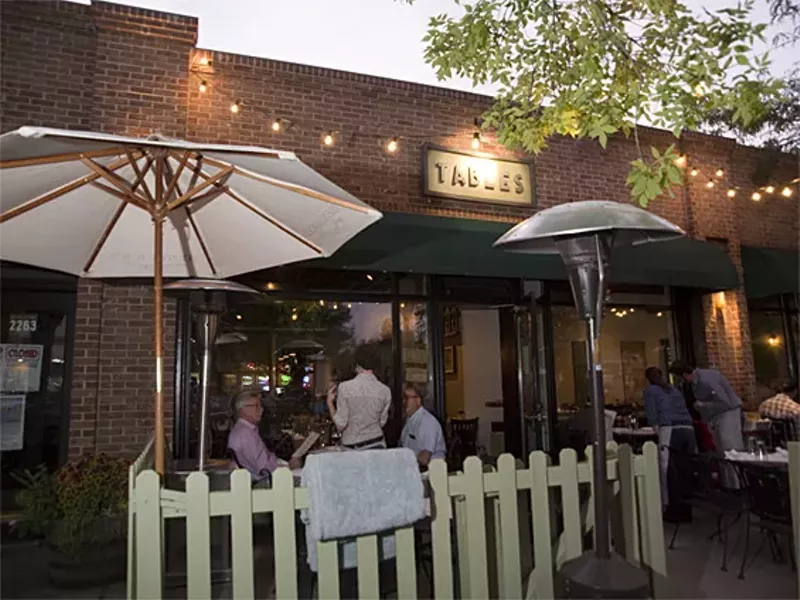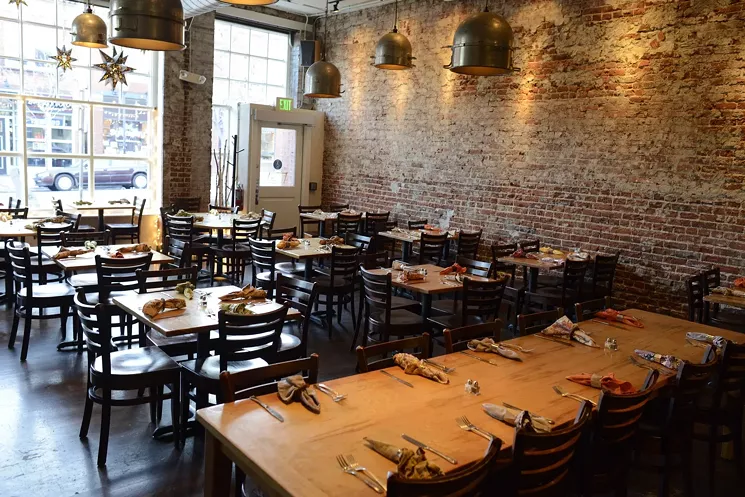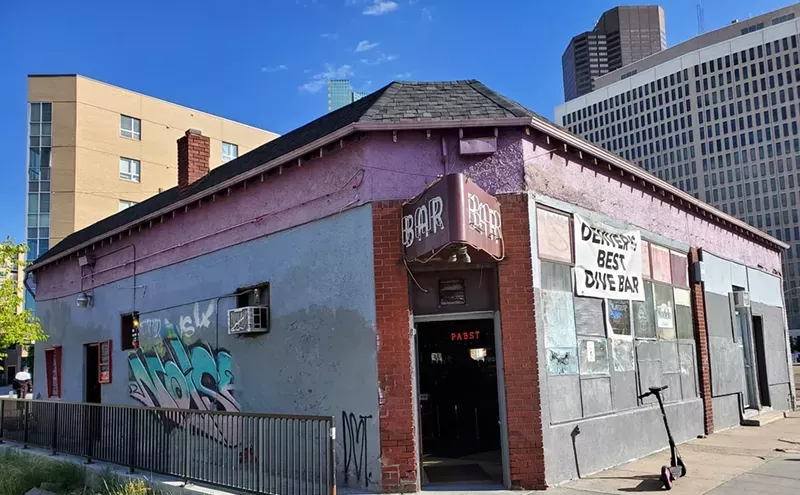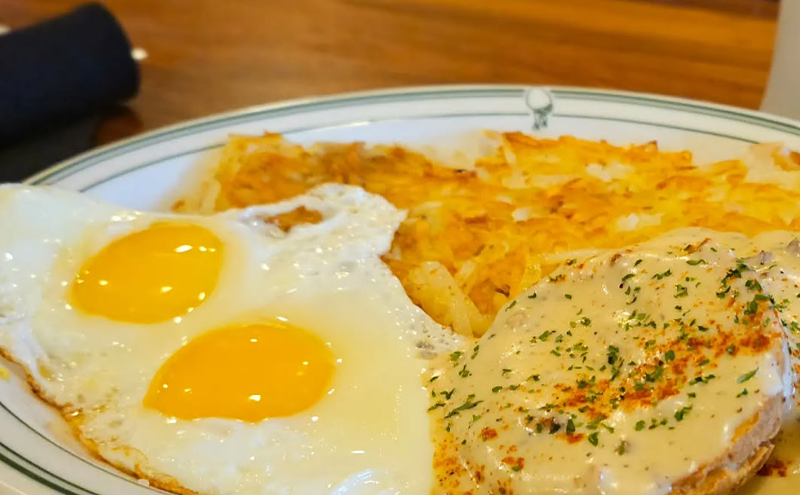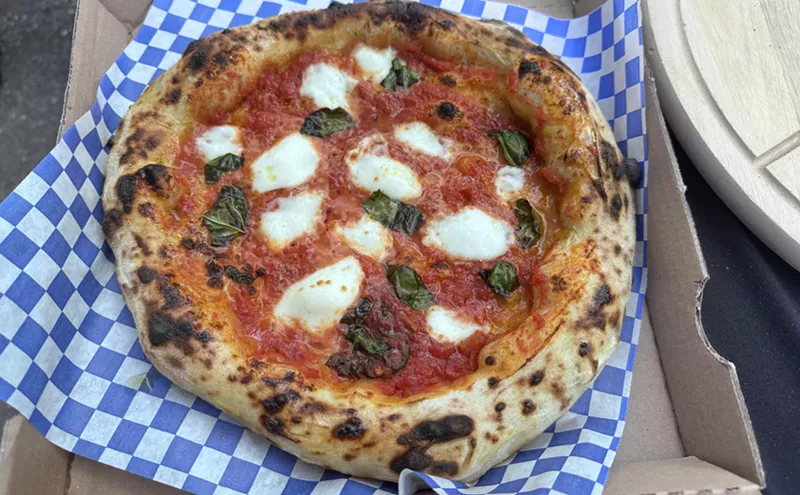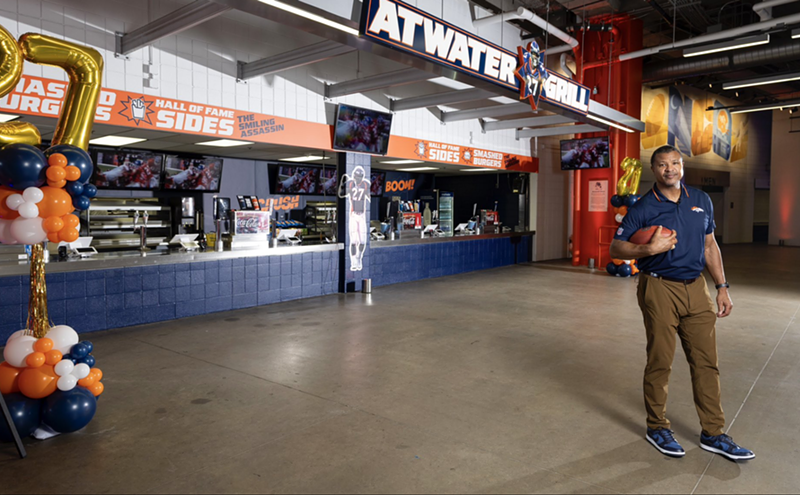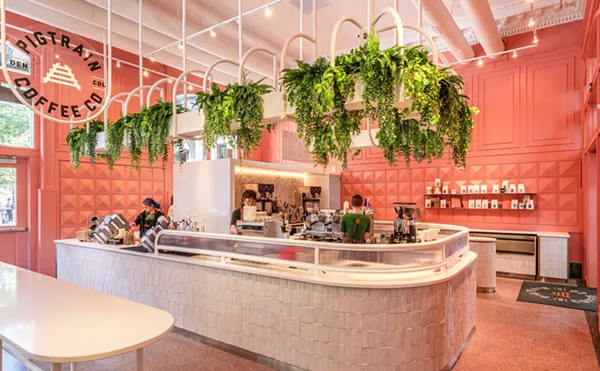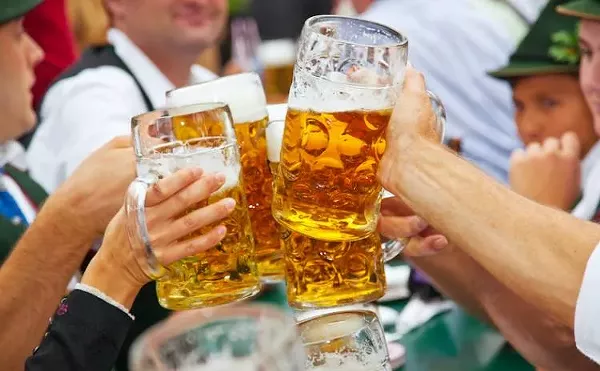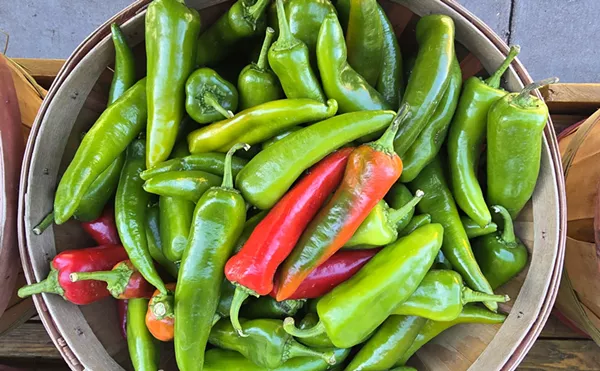Amy and Dustin Barrett, owners of Tables in Park Hill, say that kitchen staffers were cheering when they were able to start plating food again. The dining experience for customers just wasn’t the same with meals packed away in boxes and delivered outside closed doors. It was, of course, a survival necessity, and even now, they’re grateful to provide takeaway for those who want it. But greater indoor dining capacity is bringing the Barretts one step closer to the true dynamic of their restaurant: an interactive experience between food and setting, staff, chef and customer.
Sitting down to dine is like taking a seat at a Broadway play, Amy Barrett says. It’s a show in its own right, where the guest’s reaction informs and inspires the kitchen. A year after the pandemic first forced Colorado restaurants to close to on-premises dining, many in the industry are looking forward to regaining a degree of normalcy, where they can see the fruits of their labor reflected in the faces of their customers.
The Barretts opened Tables, at 2267 Kearney Street, in 2005 as a lunch destination, serving sandwiches whose names paid tribute to their Park Hill neighborhood. As Tables grew in popularity, the owners switched to a dinner-only menu for fourteen years, until the COVID restrictions of 2020 forced them to expand hours to seat more guests at limited capacity. Sandwiches went back on the menu as they raised a 20-by-40-foot tent in their parking lot, shortly before they opened ten outdoor greenhouses for private dining.
Like many restaurant owners, the Barretts had to learn how to pivot — the number-one word of the pandemic, Amy says. It was an action that had them “spinning around so fast that [we] almost felt dizzy,” she continues.
Over at Duo Restaurant, executive chef Tyler Skrivanek says the restaurant also tried everything possible to stay afloat, even hosting a FaceTime beer dinner last spring. “On my end, I didn’t enjoy it. We were trying it, and it kind of worked out,” he says. But he missed the in-person interaction with guests, and felt the virtual connection was lacking as Duo learned to rely on takeout.
“But a fine-dining restaurant, it’s kind of hard to take Duo food and put it into boxes,” he admits. Further, “it’s a shut-door [exchange]. They pick it up, and that’s the end of it.”
Normally, Duo, a locally sourced farm-to-table restaurant at 2413 West 32nd Avenue, places a spotlight on the stage-like setup of its open kitchen. Not only can customers watch the chefs in their dance between ingredients, pots and plates, but many times, cooks and chefs can witness the joy on customers' faces when they take their first bite, Skrivanek relates. Chefs can feel the energy of diners in a room — everything from the rustling of coats to the resonance of ice in glasses to the constant hum of conversation and laughter.
Skrivanek enjoys playing music — he's a drummer — as a way to jam and connect with friends. He says that a comparison can be made between the way a drummer holds the beat of a song and the way the kitchen drives the pulse of a restaurant. “If the kitchen drops out, you’re going to feel it,” he says, adding that the servers and bartenders are more like the lead singers or front-facing components of the band.
Further, Skrivanek says that his ingredients can be likened to the B-side of an album. While the pop hits might be better known, the B-side can often include musicians’ favorite songs. “Everything isn’t a hit, and sometimes they try to stretch the listener's ear a little,” he explains. In the same way, he encourages exploration with new tastes and ingredients.
Amy Barrett sees curating a menu as a complex web of balance between flavors and textures. Each component should complement the others in every dish, and that should echo throughout the menu, she says. And it’s not just the food, Dustin Barrett adds: “Everything needs to work together, and every piece is just as important.”
“For us, it’s not just about us as chefs,” Amy explains. “It’s about the whole thing, the restaurant as a whole.” The performative aspect of Tables is more like a play, in which a team of people work together to create an experience that encompasses the plated food and extends far beyond.
“Down in the depths of everything, it’s about passion,” she adds. “You’re not doing it for the money…it’s for what’s in your heart and what’s in your soul.”
And it is about knowing that customers are being satisfied by more than just food.
One of the best parts of being a chef is hearing positive feedback. “When we have a guest that says to us, ‘Thank you so much for our wonderful dinner,’ before COVID, that’s the piece of the pie that makes it all worth it,” Amy recalls. “In this COVID world, people say, 'Thank you for making my night seem normal.'”
Comfort comes first, but these chefs also find great joy in engaging with a crowd of hungry patrons before serving them a meal in return.
For menus and ordering, visit the Tables and Duo websites.

Audio By Carbonatix
[
{
"name": "GPT - Billboard - Slot Inline - Content - Labeled - No Desktop",
"component": "23668565",
"insertPoint": "2",
"requiredCountToDisplay": "2"
},{
"name": "STN Player - Float - Mobile Only ",
"component": "23853568",
"insertPoint": "2",
"requiredCountToDisplay": "2"
},{
"name": "Editor Picks",
"component": "17242653",
"insertPoint": "4",
"requiredCountToDisplay": "1"
},{
"name": "Inline Links",
"component": "18838239",
"insertPoint": "8th",
"startingPoint": 8,
"requiredCountToDisplay": "7",
"maxInsertions": 25
},{
"name": "GPT - 2x Rectangles Desktop, Tower on Mobile - Labeled",
"component": "24956856",
"insertPoint": "8th",
"startingPoint": 8,
"requiredCountToDisplay": "7",
"maxInsertions": 25
},{
"name": "Inline Links",
"component": "18838239",
"insertPoint": "8th",
"startingPoint": 12,
"requiredCountToDisplay": "11",
"maxInsertions": 25
},{
"name": "GPT - Leaderboard to Tower - Slot Auto-select - Labeled",
"component": "17676724",
"insertPoint": "8th",
"startingPoint": 12,
"requiredCountToDisplay": "11",
"maxInsertions": 25
}
]

